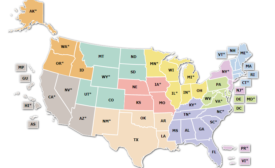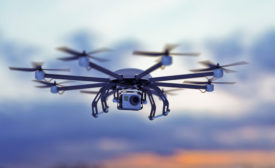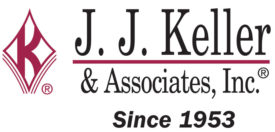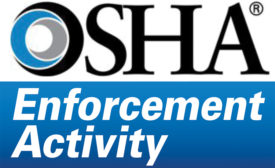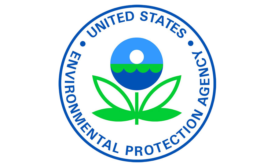Government Safety Regulations
New ANSI standard covers MEWP design, training & safe use
Improving mobile elevated work
July 12, 2019
Illinois company cited by OSHA following worker’s electrocution
Second employee suffers electrical shock while trying to help co-worker
July 5, 2019
Become a Leader in Safety Culture
Build your knowledge with ISHN, covering key safety, health and industrial hygiene news, products, and trends.
JOIN TODAYCopyright ©2025. All Rights Reserved BNP Media.
Design, CMS, Hosting & Web Development :: ePublishing



